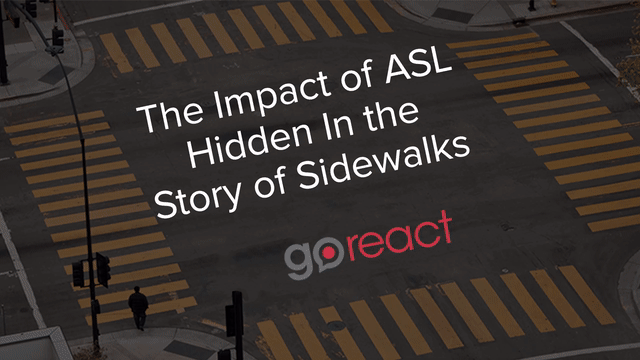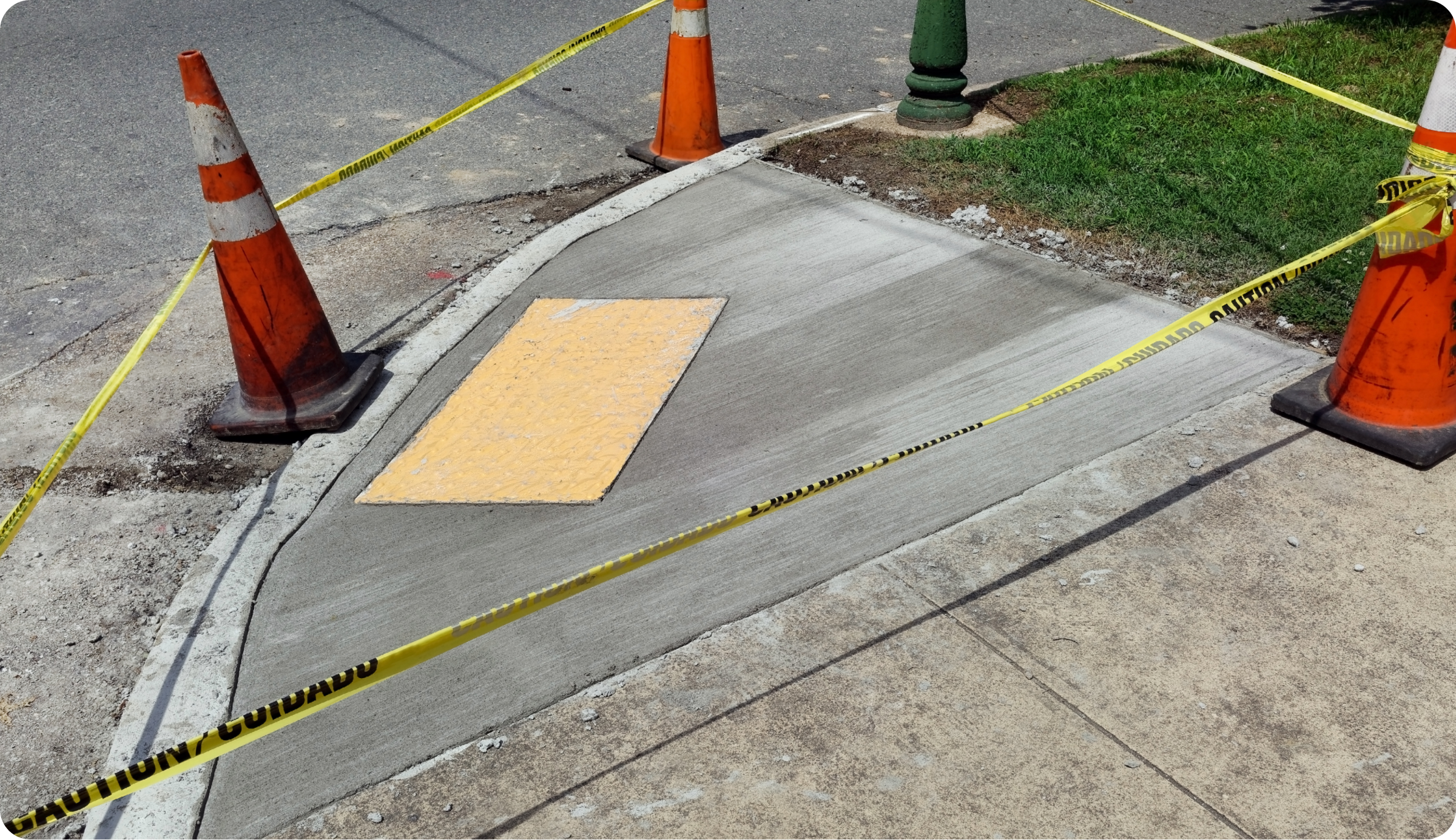This is a story that really begins back in the 1960s.
“Curb cuts” were a design innovation featured in a story from 99% Invisible. It’s the story of how one idea’s influence spread far beyond the original intentions of those who came up with it and those who promoted it.
What in the world is a curb cut?
Curb cuts are the now-ubiquitous ramping corners of city sidewalks. Before the 1960s there were only a handful of places using curb cuts and they certainly were not widespread.
The new approach to sidewalk design wasn’t merely convenient. Around this time electric wheelchairs began to be more common.
Why did that make any difference?
Before self-propelled wheelchairs, the wheelchair itself was not just a tool deployed for the use of its rider. The mobility of wheelchair riders was tied to an attendant as well. Another person was required if they wanted to go anywhere. Motorized wheelchairs meant that for the first time wheelchair riders could ditch their attendants. Self-propelled chairs meant independence.
That is until you got to the first sidewalk corner where a 6″ concrete drop created an impenetrable obstacle for wheelchair riders.
So a small group of wheelchair-bound activists at Berkeley led by Ed Roberts campaigned for curb cuts. They wanted something familiar to members and allies of the Deaf community. They wanted access.
A big leap forward came with the passage of the Americans with Disabilities Act (ADA) in 1990.
Some accessibility initiatives over the years have generated pushback, but not curb cuts. Their adoption spread rapidly across the country.

So what’s the curb cut effect?
It turns out that this design improvement doesn’t only make life better for those using wheelchairs. It’s better for lots of people. Navigating sidewalks is easier for people pushing strollers, shopping carts, and roller bags. It’s a godsend for people on bicycles.
Design improvements came about because of one group but ended up serving all groups better. Superior designs that improve usability for many other groups is the curb cut effect.
This has given rise to the concept of universal design, which is famously alive and well in some of the architecture of Gallaudet University. Gallaudet has pioneered deaf spaces in architecture.
Speaking of Gallaudet, in the 99pi article they cited the story of Paul D. Hubbard as an example of curb cut effects. Hubbard was a quarterback for the Gallaudet football team in the 1890s.
What was Hubbard’s contribution?
Well as teams of deaf players used sign language to sign plays and instructions to each other, they were pretty easy to intercept (pun intended). Hubbard was the first to gather his teammates into the cluster all NFL fans know today as the huddle.
It’s a case where a convention perfectly and naturally suited to deaf players turned out to be a great idea for pretty much everyone—a classic curb cut effect.
After communicating with some of our team at GoReact, I was showered with examples of curb cut effects with deaf roots. Like Dummy Hoy’s introduction of the signed umpire calls for “safe” and “out” when he played for the Cincinnati Reds—signs that are known by all players and fans from Little League to the Majors. Or like closed captioning and subtitles, a convention that benefits deaf and hard of hearing TV watchers, but also hearing patrons in noisy bars or airports among countless other scenarios. Like the huddle, the benefits of these improvements extend far beyond their origins.
Where else might we see curb cut effects?
This made me think about possible curb cut effects in what we do here at GoReact.
GoReact customers who teach sign language and interpreting may not know this, but GoReact was not originally designed for ASL. It was conceived by a professor who wanted to give feedback to public speaking students.
Despite its origins outside ASL, shortly after launching GoReact, the company was approached by ASL teachers. The gist of those conversations was that these educators loved being able to give feedback on student videos . . . but thought it would be really nice if they could give that feedback in ASL.
So our development team knocked out the first video commenting feature. This allowed sign language teachers to conduct their ASL assignments in total ASL immersion. We had essentially crowdsourced a little universal design for teaching software.
Since those early versions, GoReact has added many features to make life easier for ASL instructors. And I can’t help but wonder about the curb cut effect of all these students more easily learning ASL.
Are there more curb cut effects at work in the teaching of ASL?
Deaf culture and particularly sign language seem to be everywhere these days. Deaf actors and issues are seen in TV shows and movies like Switched at Birth and A Quiet Place. We’ve seen reality TV contestants like Mandy Harvey on America’s Got Talent and of course Nyle DiMarco from America’s Next Top Model and Dancing with the Stars. Recently even the popular live trivia app HQ Trivia asked a question about the sign for “not” in ASL.
ASL is now the 3rd most taught foreign language at American universities with over 100,000 students enrolled in ASL courses each year.
Where does this wealth of sign language exposure end up?
Certainly few of these students are deaf themselves and only a handful go on to become interpreters. But are there curb cut effects to this increasingly widespread use and comprehension of ASL?
What might some of the curb cut effects be?
- More students taking ASL may mean more employment options for deaf educators.
- Communication is obvious, but is there a network effect? (Like email, the more people who have it, the more it gets used.)
- Appreciation for Deaf culture, history, and traditions. Will broader understanding increase the enrichment that comes from sharing the diversity in our human experiences?
- Will more exposure to Deaf culture make it easier to adopt measures that support deaf employees, customers, and patrons?
Are we seeing the beginning of a more universal teaching and use of sign language in the U.S.?
Who’s to say? One thing seems to be certain and that is that unexpected innovations and their resulting curb cut effects seem to be everywhere. Why wouldn’t we expect them to show up in education or sign language? The key is to keep our eyes open and look for ways to leverage them.







